We could hardly find a simpler tool in the arsenal of a modern carpenter. Plumb bob is just an axially symmetrical weight suspended from a string, but it helps establish straight vertical lines with absolute precision. Nowadays, the role of the plumb bob is often played by electronic tools, but the humble representative of the old technology is definitely not forgotten. Here are 7 interesting facts about the old and beautiful plumb bob.
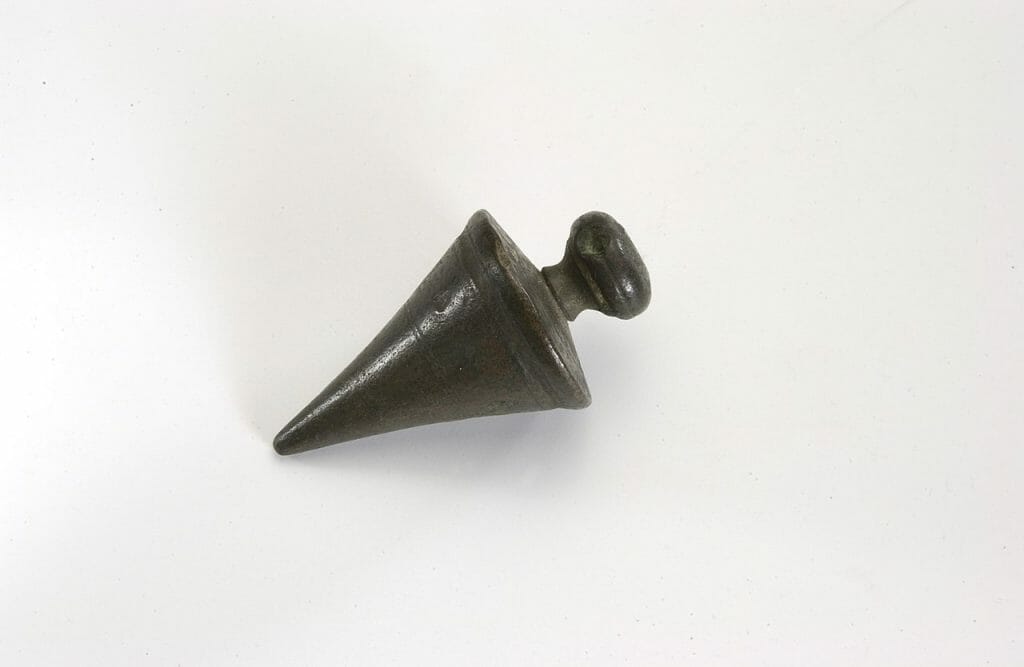
Plumb bobs are often used in construction, and in some cases perform the same function as a spirit level. Since the plumb bob is just a pointy weight with a string, it always hangs straight – Earth’s gravity ensures that the accuracy of the plumb bob can is undeniable. With all the lasers and other new tech that’s available to us now, we are still using plumb bobs today. This simple tool requires no batteries, lasts literally forever, and as long as gravity is a thing plumb bob doesn’t lie.
Old and true
Plumb bob is an extremely old tool – it was used in the construction of cities in Ancient Egypt and Babylonia. This means that the plumb bob is already several (probably more than three) thousands years old. During this time, the plumb bob became a symbolic measure of truth, because it never lies. If the plumb bob shows that the wall is straight, it is straight. A string tied to a free-hanging weight is always perpendicular to the ground, regardless of who is holding it and how.

Because of this objective and eternal accuracy, the plumb bob is mentioned several times in the Bible. For example, the book of Isaiah says, “I will make justice the measuring line and righteousness the plumb line.” Whether you are a believer or not, this shows the symbolism of the never-failing plumb line in Western culture. As a result, plumb bobs were often ornamented, characterised by a beautiful curved shape, and were depicted in art and heraldry.
Who uses plumb bobs?
The plumb bob is one of the few tools that is (or was) used by people from so many different professions. Plumb bobs are used not only by builders, interior decorators, electricians, construction engineers and carpenters, but also by well diggers, foresters, astronomers, shipbuilders, artillerymen, mining engineers, scale makers and calibrators, pipeline layers, road builders, etc. This is by no means a full list.
Eternal
The name “plumb bob” refers to the material that this tool was made of in the past – the Latin plumbum means lead. Plumb bobs had to be made from a heavy metal so that wind would move the plumb line too much. A heavy lead plumb bob stops swinging quicker, although in some cases plumb bobs were filled with a liquid – mercury, water or even molasses – to dampen the movement.
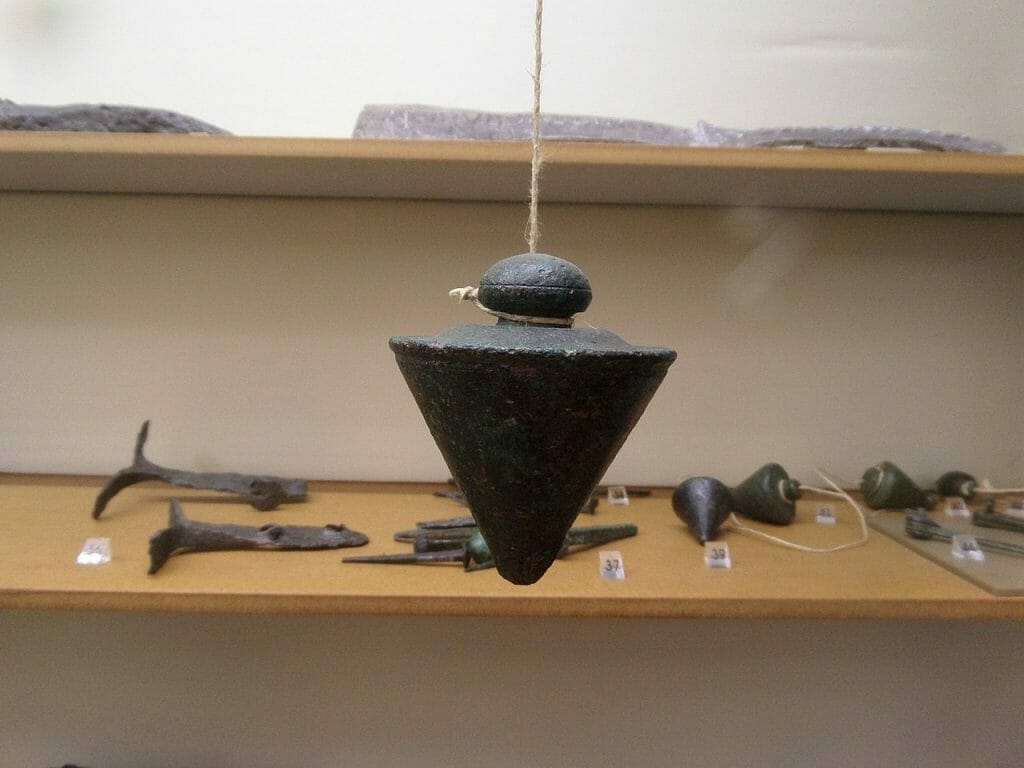
However, lead is a relatively soft metal, so antique plumb bobs are often bronze or brass with a lead core. This gives the plumb bob the necessary weight, but at the same time keeps its surface hard. Pointy end was critical for the accuracy of measurements and hard metals retain their shape better.
The metal construction allowed thousands of ancient plumb bobs to survive to this day. It’s funny, but true – these museum pieces would still work just fine today. Plumb bobs do not age, unless they are broken. There are several huge collections of antique plumb bobs in the world.
Not just for measuring perpendicularity
Because plumb bobs use gravity and were commonly used in the construction of walls, towers and churches, it may seem that it is only good for measuring perpendicularity. However, plumb bobs were also used to create straight horizontal lines and level surfaces. They were often used to ensure that the floor of the building is level or that the pavement of the yard has a sufficient grade to rid itself of rainwater. In this case a plumb bob would be paired with a square. One leg of a square needs to be indexed against the plumb line, which automatically puts the other leg parallel to the ground.
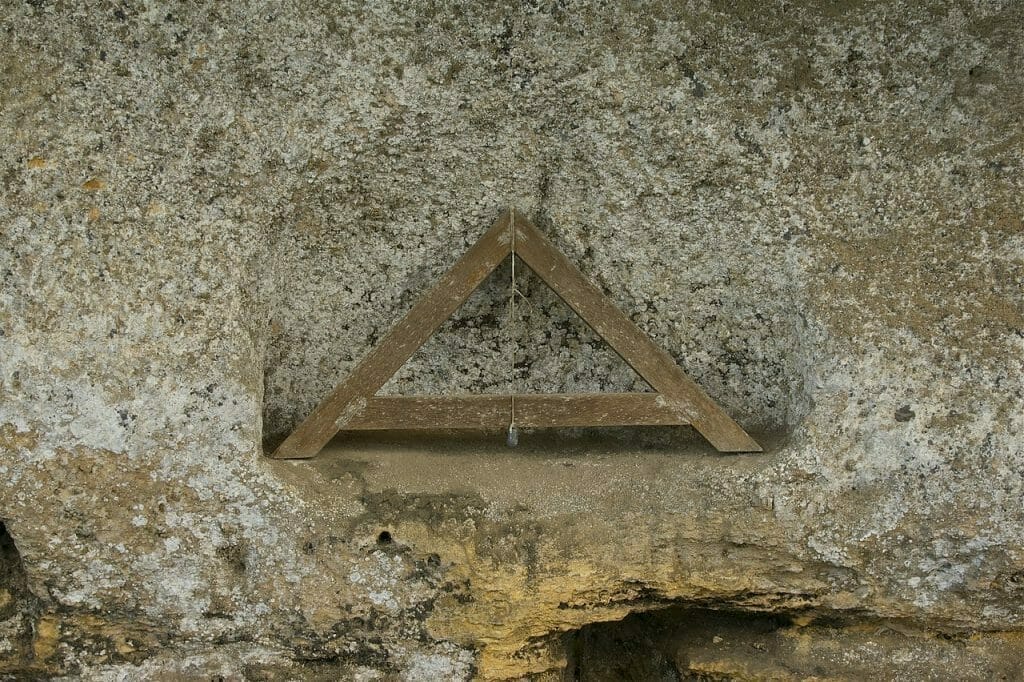
By the way, early geologists also used plumb bobs. They helped ensure that the measurement equipment is standing as straight as it needs to. In this way, plumb bobs contributed to the early precise mountain height measurements.
From the lightest to the heaviest
The lightest plumb bobs weigh probably around 20 grams and historically were used to calibrate extremely accurate scientific equipment. You can even use a small plumb bob to ensure picture on your wall are hanging straight. However, the aforementioned symbolic value of the plumb bob led to the creation of very small non-functional tools. For example, extremely small silver plumb bobs were used as jewellery – several different monarchs and judges carried them as symbols of the absolute truth.

The heaviest plumb bobs were used in the construction of bridges and aqueducts and weighed around 90-100 kg. Heavy plumb bobs stopped swinging quicker and were more immune to winds, which is why they were commonly used in construction of extremely tall objects.
Guarding
Plumb bobs were used to build cathedrals, castles and bridges. They were also used in the construction of early skyscrapers, even when spirit levels and other tools were already available. And in some cases it was a matter of safety.
Elevator shafts must be straight and smooth. Minor errors in construction, as well as strong winds and earthquakes, can cause elevator shafts to bend or twist. Obviously, this can lead to elevators getting stuck or being generally unreliable. Precision in construction, therefore, is critical. And that’s why plumb bobs were prefered over more modern tools – a plumb bob never lies. Plumb bobs were used in construction as well as regular inspections of skyscrapers. Of course, now the same level of accuracy is achieved by many different sensors and electronic tools.
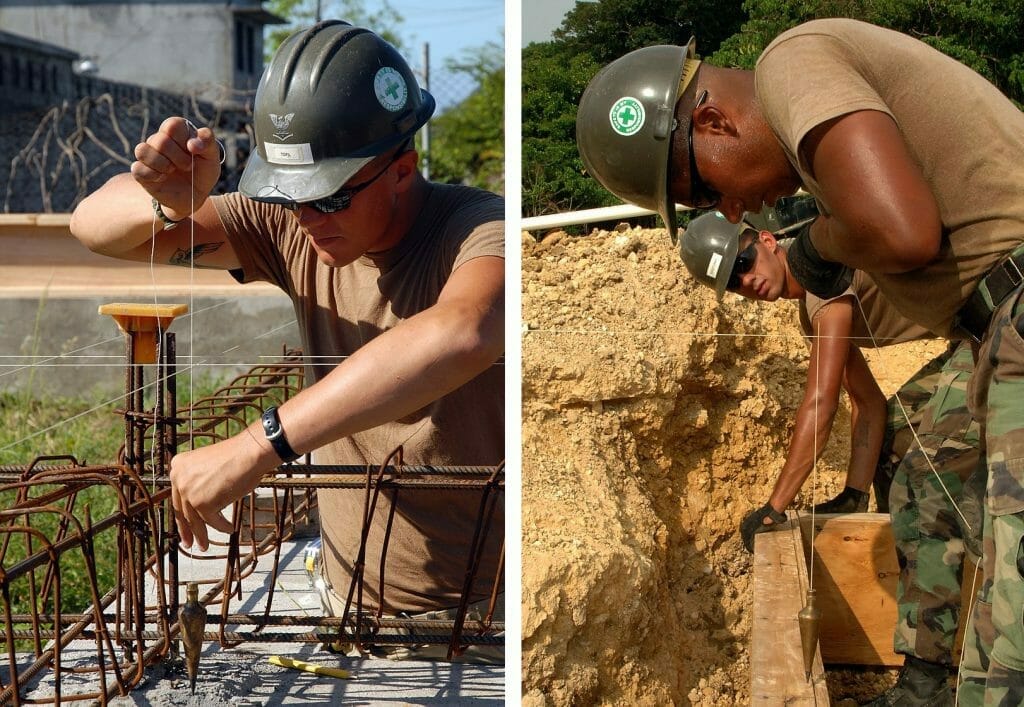
Still used today
Even with all the spirit levels and lasers, plumb bobs are still being made and used today.
A plumb bob can be used to draw long straight lines. For example, it can be useful in trying to make sure that the wallpaper is glued perfectly straight or huge warehouse shelves do not lean to the side. Plumb bobs are also used to measure the perpendicularity of chimneys and tall walls, because the range of a plumb bob depends only on the length of the string and it can work in broad daylight, darkness, cold or hot weather. In addition, a simple plumb bob is super compact, easy to repair and doesn’t require charging or much care at all. Of course, you wouldn’t want to damage it too bad – plumb bobs need to be straight and reasonably pointy.
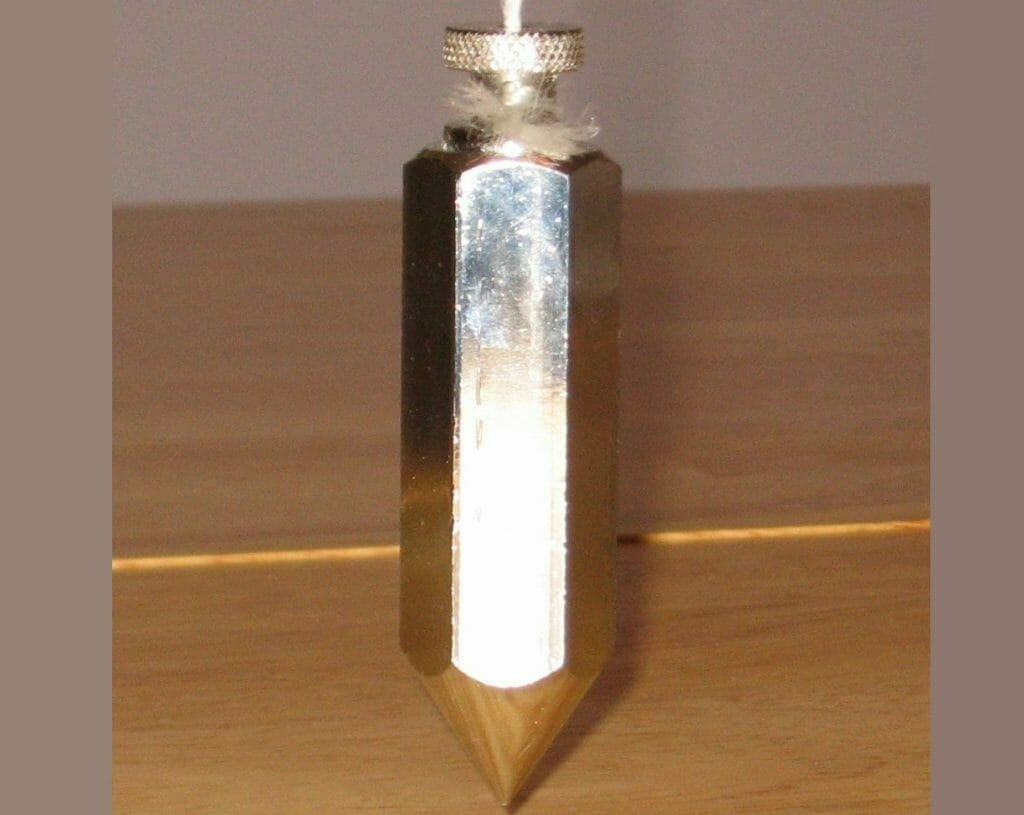
Plumb bobs are also commonly used for accurate placement of ceiling lighting fixtures. You can lay out your desired lighting scheme on the ground and then transfer it straight to the ceiling using a humble plumb bob. In this way you can make sure that the light will be directly above the middle of your dining table. This is how they made ceilings of cathedrals so symmetrical.
Plumb bobs are simple, but they never lie, literally last for ages and are just cool.




